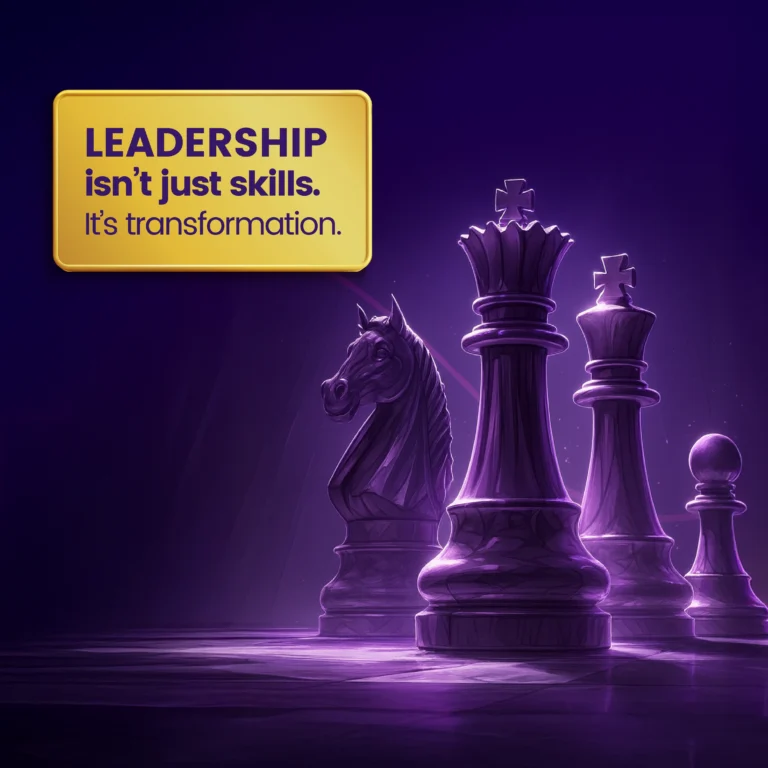Your total reward strategy system might not be broken.
But it could be quietly falling behind.
For many organisations, rewards have long been defined by salary bands, fixed bonuses, and annual reviews. These structures may have worked in the past. Today’s workforce, however, expects more. And the systems designed a decade ago are now struggling to keep up.
Understanding the Risks: When a Performance Plan Replaces a Fair Total Reward Strategy
- Everyone gets the same bonus regardless of effort
- Pay reviews happen once a year, if at all
- Recognition feels inconsistent or like an afterthought
- Development opportunities are excluded from reward conversations
- Employee surveys reflect recurring frustration with fairness or appreciation
These are not isolated complaints. They are early signs of a growing misalignment between what employees value and what they are rewarded for.
How Employers Can Strengthen Their Total Rewards Approach
Today’s professionals are driven by more than just financial compensation.
They want purpose. They want progress. And they want to feel that their work truly matters.
When rewards feel generic or transactional, even high performers begin to disconnect. Mental disengagement often comes before physical exits. A one-size-fits-all reward approach no longer meets the needs of a diverse, multigenerational workforce.
A modern total reward strategy addresses this shift by expanding how value is delivered:
- Compensation that is fair, transparent, and performance-sensitive
- Benefits that reflect individual needs and life stages
- Recognition that is timely, specific, and sincere
- Development that shows confidence in a person’s potential, not just their role
What Employees Should Know About Modern Reward Systems
It is tempting to think that if employees are staying, the reward system must be working. But retention alone is not a reliable indicator of engagement.
Consider these questions:
- Do employees understand how they are being rewarded?
- Are your best people recognised in ways that feel meaningful to them?
- Is your reward strategy flexible and responsive to changing workforce expectations?
- Do managers feel confident and equipped to have transparent reward conversations?
If your answers are unclear or inconsistent, the strategy may be doing the bare minimum. And that minimum might only be buying time until your top talent finds something better.
Redefining Your Total Reward Strategy for Long-Term Impact
A modern reward strategy is not about spending more. It is about designing smarter.
When thoughtfully executed, a total reward strategy delivers more than just employee retention. It enhances motivation, builds trust, and strengthens organisational culture.
A well-aligned reward system should:
- Encourage high performance without creating burnout
- Inspire loyalty through meaningful recognition
- Support continuous growth through development pathways
- Create a sense of equity across functions and roles
In short, rewards should reflect what your organisation values and how it values people.
Moving Forward: Aligning Employee Rewards with Purpose and Performance
Reward strategies are no longer just about payroll and policy. They are about people and purpose. When designed with intention, they can shape how employees feel, behave, and choose to stay.
The question for today’s HR and leadership teams is not whether rewards are in place.
It is whether they are truly working.










